Snowkiting or Snow Kiteboarding is a fun winter activity if you live in an area with broad fields, mountains, and plenty of wind. Using a big kite to pull oneself on skis, snowboards, or ice skates, snowkiting is quite similar to kiteboarding.
On a frozen pond or lake, you may go rather quickly by combining a kite, such as a tiny trainer kite, with ice skates. Off-riding involves larger kites and skis or a snowboard. Riding a kite across a wide open field or up the side of a mountain is an experience unlike any other.
Put up a Practise Kite
The first step in learning how to Kiteboard is to spend some time learning how to fly a training kite. Commonly known as "trainers," these kites are two-line foils ranging in size from 1.2 meters to three meters in span, and they come with a bar for maneuvering.
Trainer flights are ideal for getting a feel for the wind window and learning the fundamentals of kite control. Learning to fly a larger kite with an expert instructor will go more smoothly the more practice you put into mastering the trainer.
If you can have a conversation with a friend while flying, or if you can fly "blindly" without losing control of your snowkiting kites, you have reached an appropriate level of expertise and can save unnecessary irritation and expense.
Take the Help of an Instructor
You can't just pick up snow kiteboarding by yourself and start doing it. You will learn how to kiteboard safely from your instructor, and they will also teach you the skills you need to become a proficient rider. You can't overstate the value of learning from your mistakes.
Kiteboarding is a lot of fun, but it's not something you should try if you haven't had the right training. Learn from your mistakes! Your secure introduction to the sport is of utmost importance to us. Thus, we feel passionately about this.
We here at Kiteline value lessons so highly that we provide guides for learning snowkiting. Look for nearby training centers that have been around for a while and offer instruction from qualified PASA (Professional Air Sports Association) instructors.
What you may Expect to Learn Throughout your Lesson
- Techniques for flying a kite
- Standard kite safety features
- Acquire the necessary tools and gear
- Awareness of wind patterns and weather
No matter your level of experience in the activity, it is always beneficial to seek the advice of experts while shopping for new equipment. Improvements in kite design, board construction, and harness design happen every year.
Conclusion
The knowledgeable staff at Kiteline store can provide you with all the up-to-date product details you need before making a purchase. In addition to expert advice, we provide you with our personal, tried-and-true knowledge.
You'll notice that we don't stock every major manufacturer's kite, board, and harness, and there's a good reason for that. A member of our team has tried and tested every item on the site and in stock. We are the first to test out any new things that come our way.
Choosing a licensed instructor from a reliable business will ensure that you are taught the most up-to-date techniques for kite safety, assembly, flight, and control and that the tools used in your lessons are in good working order.

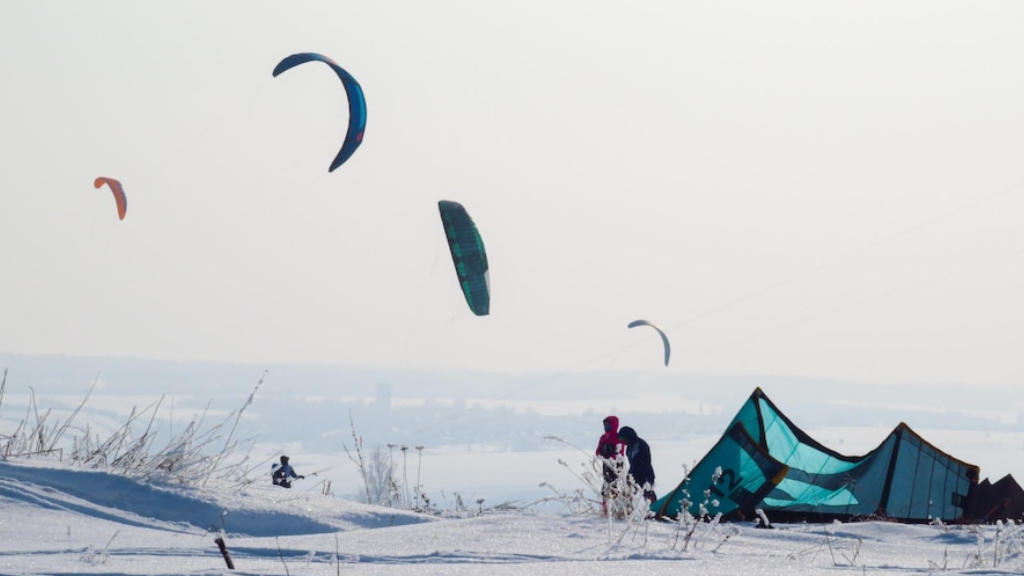


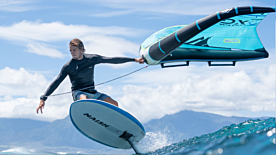
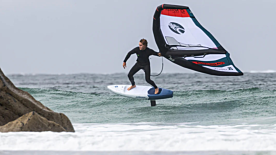
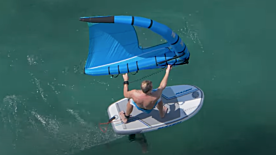
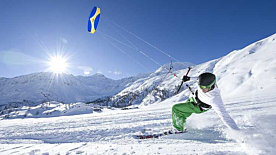
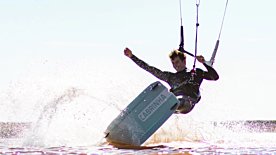
Validate your login